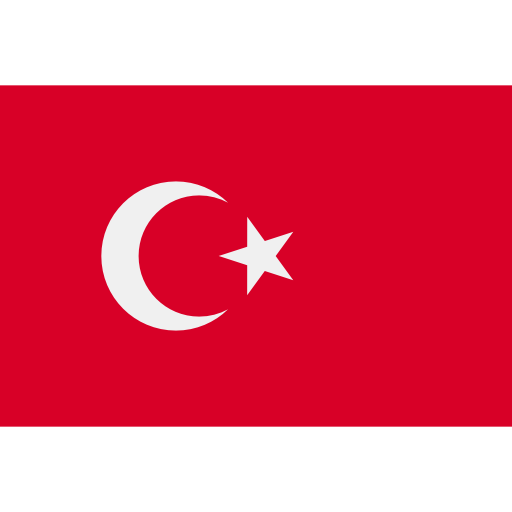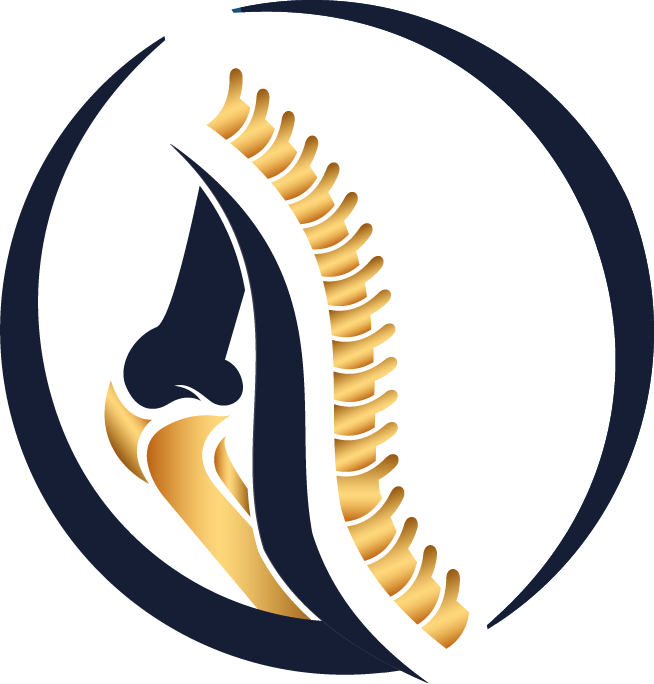Shoulder fractures usually occur after sports activities, accidents or falls. It is classified and named according to which bone is broken. The bone structures that make up the shoulder joint are the clavicle, scapula and humerus.
Clavicle fractures: This is the most common fracture of the shoulder, usually caused by a fall.
Scapula fractures: Occur during high-energy trauma such as a traffic accident. It is the least common fracture of the shoulder.
Humerus fractures: These fractures are generally more common in the elderly population. It is caused by poor bone density due to osteoporosis.
A broken shoulder is classified as either undisplaced or displaced. Patients with undisplaced fractures are aligned on both sides of the fracture, while in displaced fractures the anatomy of the fracture fragments is distorted.
What Are the Symptoms of a Shoulder Fracture?
Pain after injury, swelling in the shoulder, difficulty in moving are the main symptoms. In more serious injuries, deformity can be seen.
Shoulder Fracture Diagnosis
The affected area is evaluated for pain level, swelling, bruising and visible deformity. X-ray is the most used diagnostic test. In more severe fractures, a Computed Tomography (CT) scan may be necessary to better identify the fracture pattern to evaluate the best course of treatment. In some types of fractures, Magnetic Resonance Imaging (MRI) may also be needed to see the viability of the fractured shoulder bones or to understand additional ligament injuries.
Shoulder Fracture Treatment
Many cases of fractures in the shoulder area can be treated with conservative methods such as rest, ice, arm sling, and physical therapy exercises. Physical therapy is started after bone healing to regain strength and range of motion in the injured shoulder.
In comminuted fractures, open fractures, fractures in which the articular surface is disrupted or there is separation between bone fragments, they should be treated surgically. Shoulder fracture surgery is recommended after careful consideration of the severity of the injury, the patient's activity level, and the patient's age. There are a number of surgical options available to patients such as K-wires, plates, screws and other orthopedic implants to hold the bone in place as it heals.
In some cases, procedures may be required that involve opening the fracture site, realigning the fractured bones, and using plates and screws to hold the bone together. Some fractures in elderly individuals are displaced so severely that they cannot be repaired, and in this case, shoulder replacement surgery may be the best surgical option.
 Türkçe
Türkçe
 Arabic
Arabic


